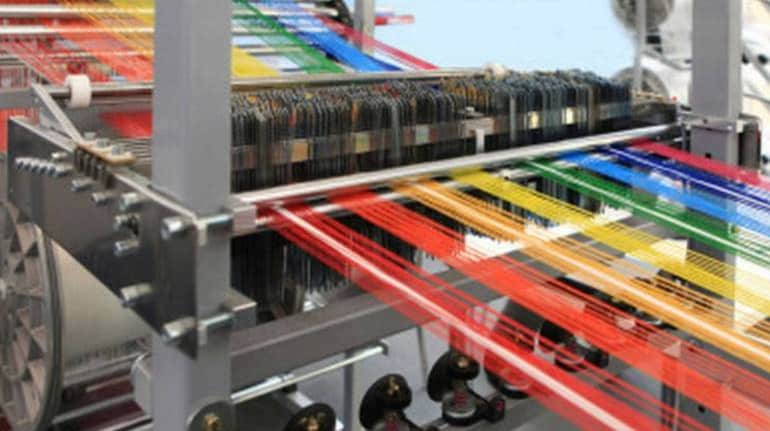Buoyed by the Production Linked Incentive (PLI) scheme and favorable free trade agreements with the UAE and Australia, India’s manmade fibre (MMF) textile industry is poised for substantial growth. Forecasts indicate a staggering 75% increase in exports, reaching $11.4 billion by 2030, up from around $6.5 billion in 2021-22.
Current Position in Global Market
- India currently holds the position of the second-largest producer of MMF textiles globally, following China.
- The MMF sector dominates global textile fibre consumption, commanding a significant 72% share, while natural fibres account for the remaining 28%.
- This shift towards MMF is attributed to the inherent limitations in the growth of cotton and other natural fibres.
Key Products Driving Growth
- Products such as curtains, drapes, interior blinds, curtain or bed valances made from synthetic fibres, along with tents and tarpaulins, are identified as key drivers for the industry’s growth.
Government Perspective and Ambitious Targets
- A government official emphasizes that “technical textiles” represent the sunrise sector and the future of the industry.
- Ambitious targets have been set to capitalize on this potential growth, particularly fueled by the PLI scheme and free trade agreements.
Global Market Expansion Strategy
- The industry envisions tapping into new markets, including Vietnam, Japan, China, and Poland, in addition to strengthening its presence in existing ones like the US, Turkey, the UK, and Brazil.
- Despite having a 5% share in exports of MMF textiles in these established markets, there is a concerted effort to expand this share.
Focus on Technical Textiles and Capacity Enhancement
- The plan involves improving capacities for filament-based woven and knitted fabrics, as well as processing man-made filament yarn-based fabrics.
- A government official highlights the environmental friendliness and sustainability of manmade fibre textiles, emphasizing their lower water requirement compared to cotton textiles.
- Additionally, these textiles are considered more cost-effective, allowing for greater value addition.
Industry Global Trade Share
- According to the Confederation of Indian Textile Industry (CITI), MMF products globally command a 55% share in global textile trade.
- Despite challenges, India has maintained its share in global trade of MMF textiles at 3.4% from 2016-2021.
Questions Related to Exams
Q: What factors are driving the anticipated 75% increase in India’s MMF textile exports to $11.4 billion by 2030?
A: The growth is propelled by the Production Linked Incentive (PLI) scheme and advantageous free trade agreements with the UAE and Australia, fostering a favorable export environment for India’s manmade fibre (MMF) textiles.
Q: Why is there a shift towards MMF textiles globally, with a 72% share in textile fibre consumption?
A: The inherent limitations in the growth of cotton and natural fibres contribute to the rise of MMF textiles, making up 72% of global textile fibre consumption, as per the Confederation of Indian Textile Industry (CITI).
Q: Which specific products are identified as key drivers for the growth of India’s MMF textile industry?
A: Products such as curtains, drapes, interior blinds, curtain or bed valances made from synthetic fibres, along with tents and tarpaulins, are identified as pivotal in driving the anticipated growth of India’s MMF textile exports.
Find More News on Economy Here



 Union Budgets 2024-25 Related FAQs Quest...
Union Budgets 2024-25 Related FAQs Quest...
 Union Budget 2024-25: Complete Budget An...
Union Budget 2024-25: Complete Budget An...
 Key Highlights of the Union Budget 2024-...
Key Highlights of the Union Budget 2024-...
